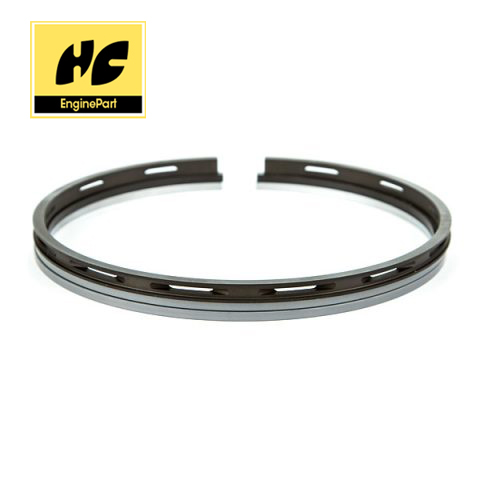Method for measuring three gaps of piston ring
2019-12-31
The piston ring works in a high temperature, high pressure, high speed, and poorly lubricated working environment. At the same time, it must have good sealing function, oil scraping, and heat conduction functions. It must ensure its sealing performance and prevent the piston ring from being stuck in the ring Grooves and cylinders, so there must be three gaps when installing the piston ring.

There are three gaps to be measured when the piston ring is installed, namely, the three gaps of the piston ring for short. The first is the opening gap, the second is the axial gap (side clearance), and the third is the radial gap (back gap). Let's introduce the measurement method of piston ring three gaps:
The opening gap
The opening is the gap of the piston ring and the opening after the piston ring is installed in the cylinder to prevent the piston ring from getting stuck after being heated and expanding. When checking the piston ring end gap, put the piston ring into the cylinder and push it with the top of the piston. Then measure the gap at the opening with a thickness gauge, usually 0.25 ~ 0.50mm. Because of the high operating temperature, the end gap of the first ring is larger than that of the other rings.
Side gap
Side gap refers to the upper and lower gap of the piston ring in the ring groove. Too much side gap will affect the sealing effect of piston, too small side gap piston ring will be stuck in the ring groove. During the measurement, the piston ring is put into the ring groove and measured with a thickness gauge. Due to the high operating temperature, the value of the first ring is generally 0.04 ~ 0.10mm, and that of other gas rings is generally 0.03 ~ 0.07mm.The side gap of ordinary oil ring is small, usually 0.025 ~ 0.07mm, and there is no side gap of combined oil ring.
Back gap
Back gap refers to the gap between the back of the piston ring and the bottom of the piston ring groove after the piston is installed in the cylinder. It is generally expressed by the difference between the groove depth and the ring thickness, which is generally 0.30 ~ 0.40mm. Back gap of ordinary oil rings is relatively large. The general practice is to put the piston ring into the ring groove. If it is lower than the ring bank, it can be rotated freely without feeling astringent.